
New York City
The Wonder of Loew’s Wonder Theatres
As much as they were built to simply show movies, these pleasure domes were also built for New Yorkers to feel a sense of awe.
In 2015, as a recent transplant to New York and fledgling publishing assistant, I found myself on the PATH train to New Jersey. Nick Offerman of Parks and Rec fame was launching his essay collection Gumption at a venue called the Loew’s Jersey Theatre. Why would a TV star’s publicists make book buyers traipse to a New Jersey movie chain over a Manhattan bookstore or auditorium?
When I got there, I had my answer. The Jersey Theatre was no sterile multiplex. It was a pleasure dome from the golden era of Hollywood. An auditorium that sat thousands, an ornate lobby with intricate molding, a glistening marquee and clock tower. The whole place seemed to have been transported from another world, beamed up from Hollywood’s silent era—and deposited between a McDonald’s and a bus station.
Six years later, I again found myself on a train ride to a theater I’d never heard of before, this time to the United Palace in Harlem. The venue was hosting the Tribeca Festival’s opening night screening of Jennifer Lopez’s documentary Halftime. I was floored to stumble upon an elaborately decorated theater so vast it took up an entire city block. While the chicly chaotic style of this space (an aesthetic that the New York Times’s David W. Dunlap would describe in 1990 as “Byzantine-Romanesque-Indo-Hindu-Sino-Moorish-Persian-Eclectic-Rococo-Deco”) was entirely different from the more traditional Jersey Theatre decor, the venue instantly reminded me of the grandeur I’d found there.


It turns out I’d visited two of the Loew’s Wonder Theatres, a collection of five lavish movie palaces erected on the eve of the Great Depression throughout the New York metropolis. Marcus Loew, who founded the Loew’s theater chain and MGM Studios, oversaw the creation of the grandiose buildings, all with a seating capacity of over 3,000 and a state-of-the-art organ.
While the theaters would open between 1929 and 1930, several years after the birth of the “talkie”, they were designed during the silent era of a young Hollywood. Each was a temple dedicated to cinema, a monument to the splendor of New York City, and a gift to its citizens, delivering the luxury of high art institutions to everyday people.
Audiences, not just from Manhattan but from a 100-mile radius of the city, trekked to these five gorgeous theaters (which also included Kings Theatre in Brooklyn, Queens’ Valencia, and The Bronx’s Paradise)—spending just a quarter to watch the latest in entertainment technology.

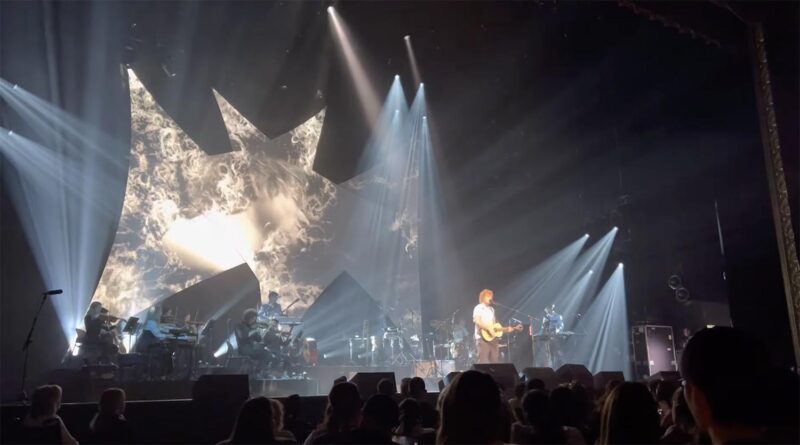
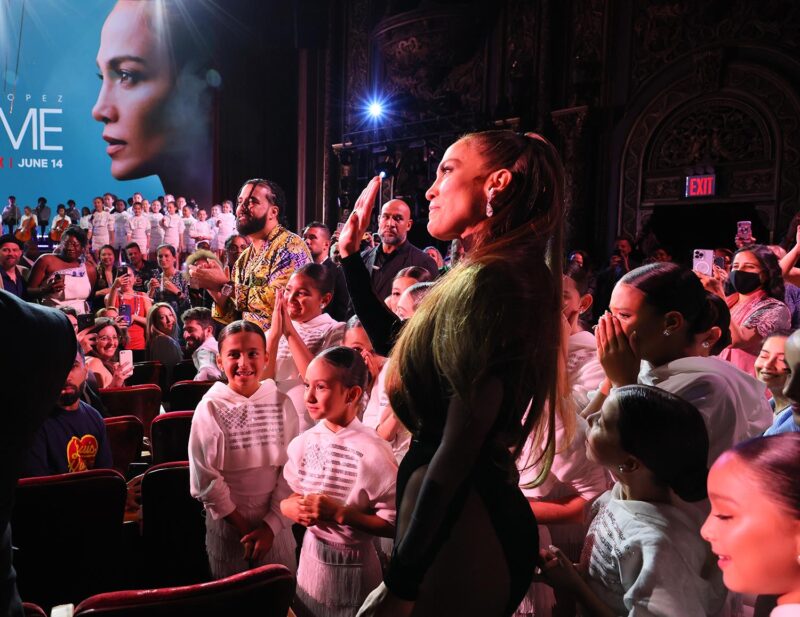
The venues were an immediate success. (When Radio City opened a few years later, their live events performed so poorly that they pivoted to showing films to emulate the Wonder Theatres model.) A simple night out at the movies could be transformed into a spectacle that lingered for years in the imagination. “Frank Sinatra saw Bing Crosy sing at the Jersey; Stanley Kubrick saw his first blockbusters at the Paradise; and Barbra Streisand regularly attended Saturday matinees at the Kings,” the New York Times reported.
In addition to a robust lineup of performers and local events, nearly every great film released between 1930 and 1960 was seen by thousands of New Yorkers in these ornate cathedrals. The Long Island Daily Press called the Valencia “the Taj Mahal of Long Island movie houses.”
As the 1960s rolled around, however, the Wonder Theatres began to bleed viewers. Families moved to suburbs that had their own smaller theaters, and Manhattanites had plenty of closer venues to choose from. Multiplexes provided more than one viewing option, TV had made at-home screenings possible, and the Wonder Theatres were simply too massive to fill. Slowly, all five fell into disrepair, selling off their organs, letting the ornate decor decay, and being ravaged by looters, given minimal security.

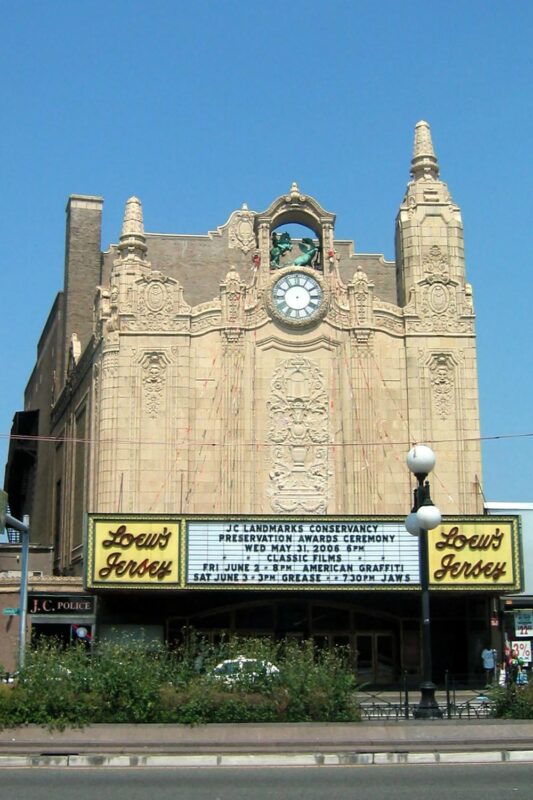
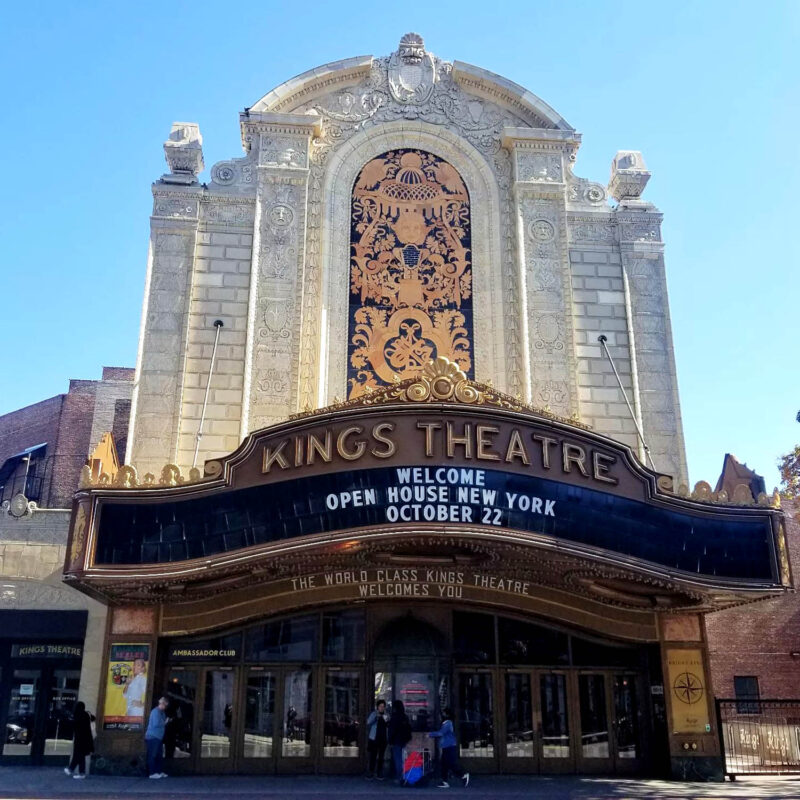


The United closed in 1969, with Kings and Valencia following in 1977. Kings was passed along to the City of New York while the Valencia was bought by a church for $1. The Jersey was next to shutter, in 1986, with the Paradise surviving until 1994—only lasting that long by Frankensteining into a multiplex that hid most of its original beauty and putting up little fight against the effects of aging (not to mention a bomb that went off in the theater.)
For many decades the stately, one-of-a-kind theaters sat empty and in disrepair, with several up for demolition. Over time, however, all were declared historic landmarks, staying their execution at the eleventh hour.
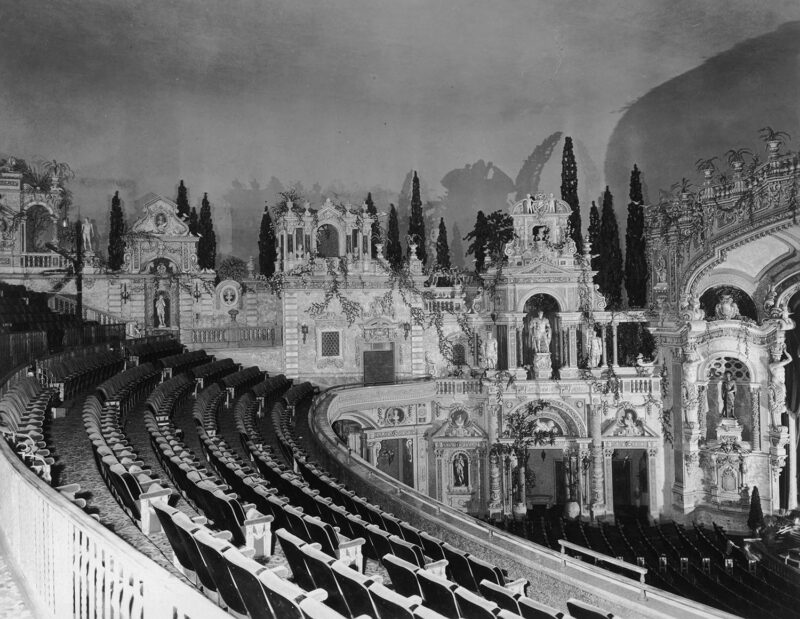

The Paradise and Valencia are now both occupied by religious institutions, who maintain them as best they can given the massive upkeep costs.
The remaining three Wonder Theatres? They’re fighting for a second chance. The Kings was a part of a massive restoration project undertaken by the city to both create a state-of-the-art events space and rejuvenate the surrounding Flatbush area. Ed Sheeran performed there earlier in April, and a robust lineup that includes The Flaming Lips, RuPaul’s Drag Race winner Jinkx Monsoon, and international ballet acts is planned for later in the year. Over in Jersey, after years of local events (like the Offerman book launch), the Theatre is receiving a full overhaul as the centerpiece of a community revitalization project.

The United recently appeared in the news when the Broadway League announced that after nearly three decades at Radio City (which had pivoted away from film back to live shows in the 1980s), the Tony Awards would be heading to the uptown venue, joining the jumble of film screenings, worship services, rock concerts, mariachi performances, graduations, historic tours, and film shoots (perhaps you’ll recognize it from John Wick 3?) that are keeping it alive.
George Rapp, the architect of several of the theaters wrote they were designed to be “a shrine to democracy where there are no privileged patrons. The wealthy rub elbows with the poor—and are better for this contact.” Can you think of a more New York ethos? Built to be an extension of the subway, the coffee shops, and the sidewalks where all the city’s inhabitants meld—and they’re still bringing New Yorkers together.
Hero image: The United Palace. Photo by Professorcornbread, CC BY-SA 4.0



